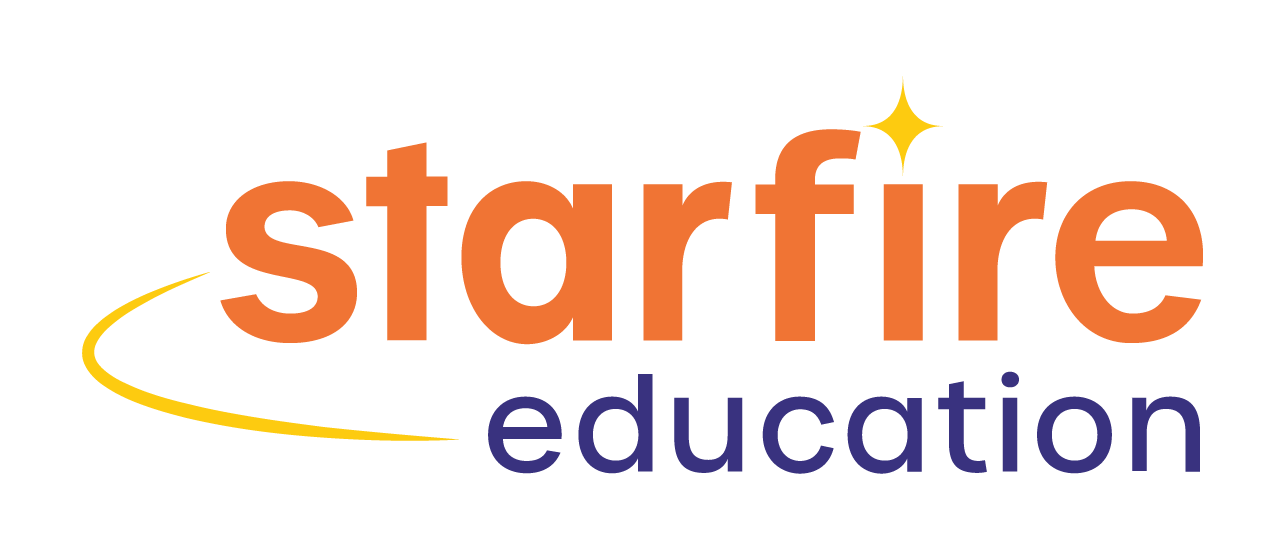What skills do kids need to be engineers?
⭐
Learning engineering with Starfire is the perfect way to help foster creativity and strengthen the natural engineering skills that all kids are born with!
Starfire students learn what engineers do and the skills they need to be an engineer, now and in the future! Read on to learn more about what kids need to be junior engineers!
Creativity and Imagination
Do your kids like to build things with blocks? Do they like to play video games that allow them to create characters and different objects?
⭐
When they do these things, they’re using their creativity and imagination. Good engineers use these two skills every day. Curiosity drives engineers to explore and create new things.
Problem Solving Skills
Engineers spend their days asking interesting, complex questions and generating answers using Engineering Design Process. All engineers need good problem-solving skills!
⭐
Starfire students build problem solving skills in our hands-on, project-based engineering challenges. Kids design, test, build and improve their projects using design thinking and the engineering design process.
Collaboration
Engineers need to be able to work alone as well as with a team.
⭐
Starfire students use their initiative as well as their collaboration skills in our small classes! Classes never exceed 5 students.
STEAM Learning
All of the elements of STEAM (science, technology, engineering, art, math) are important when it comes to being an engineer. For example, civil engineers use art to create buildings and bridges that are pleasing to look at while also being able to stand tall.
⭐
Starfire Engineering classes integrate science, math, technology and the arts into fun, hands-on projects that showcase the richness of engineering!
Join us in our virtual classroom for classes starting May 3. Register today to start the engineering fun!




